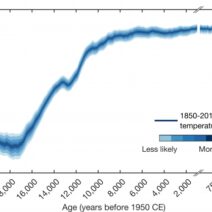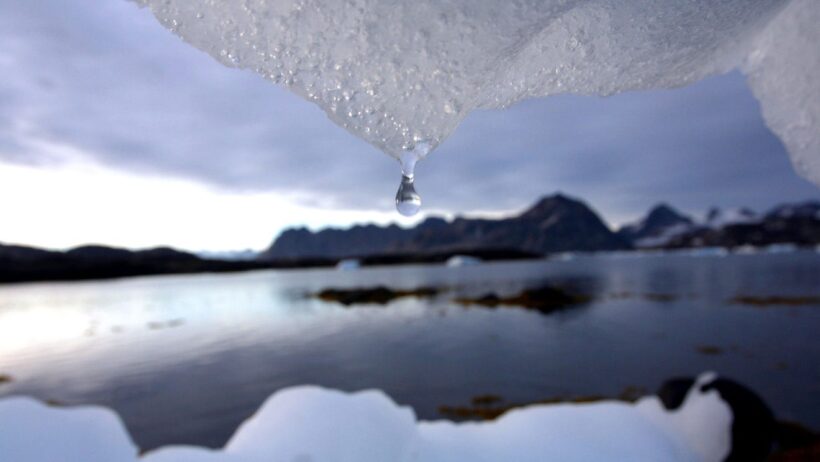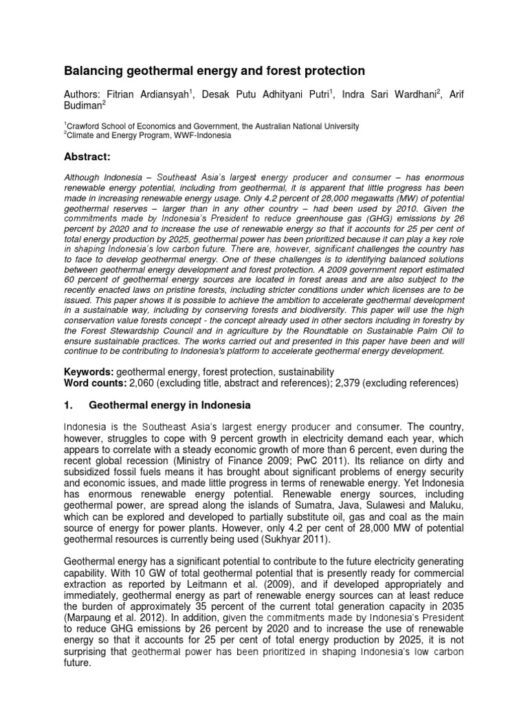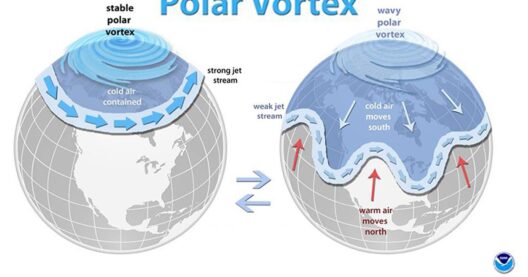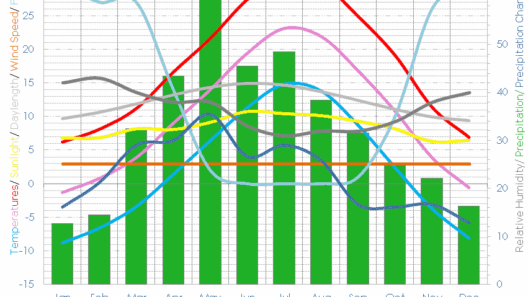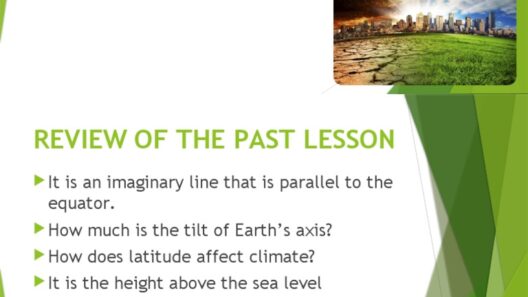As the global climate continues to shift, one cannot help but ponder: what would happen if our planet’s delicate balance were irreparably damaged? The reality is, climate change is not merely an abstract concept relegated to scientific journals. Rather, it is a palpable threat that looms over the future of human life on Earth. As glaciers melt and sea levels rise, we are faced with a plethora of challenges that could alter societies, economies, and ecosystems for generations to come.
First and foremost, one of the most pressing threats posed by global climate change is the intensification of extreme weather events. The frequency and severity of hurricanes, droughts, and heatwaves are not coincidental; they are integral repercussions of a warming planet. The devastating impact of Superstorm Sandy, which wreaked havoc on the East Coast of the United States in 2012, remains vivid in our collective memory. When natural disasters strike with increased ferocity, the resultant human toll is staggering—lives lost, communities displaced, and economic infrastructures shattered. The question arises: how many more such disasters can humanity endure before the societal fabric begins to fray?
Moreover, the aforementioned weather phenomena exacerbate the existing vulnerabilities faced by marginalized populations. Low-income communities often lack the resources to adequately prepare for or recover from extreme events. Consequently, climate change has the potential to deepen social inequities, leading to what some experts term “climate apartheid.” This phenomenon suggests that as resources become scarcer and natural disasters more frequent, the socio-economic divide may widen, jeopardizing human dignity and even survival in the most affected regions. Hence, the challenge is not merely to combat climate change but to ensure that our response does not leave the most vulnerable behind.
In addition to weather extremes, the gradual increase in global temperature poses another existential threat: food security. Agriculture is intrinsically linked to environmental conditions, and even slight changes in temperature or precipitation patterns can have profound implications for crop yields. According to the Intergovernmental Panel on Climate Change (IPCC), we may witness significant declines in staple crops due to changing climate conditions. For example, wheat and rice production could diminish as temperatures rise, leading to potential food shortages in an already overstretched global food system. The challenge then becomes a multifaceted one: how do we adapt our agricultural practices while ensuring that an ever-growing global population does not find itself facing famine?
Furthermore, the degradation of ecosystems due to climate change presents an alarming trajectory for biodiversity. As habitats become inhospitable, countless species face extinction. Coral reefs, often referred to as the “rainforests of the sea,” are particularly vulnerable to rising sea temperatures and ocean acidification. The loss of such ecosystems can have dire consequences for marine life and the human communities that rely on them for sustenance and economic activity. What would life be like if we no longer had access to the riches of the oceans? The challenge here encapsulates the need for urgent conservation efforts to protect shared resources.
Another dimension that amplifies the discourse around climate change is human health. The interconnection between environmental conditions and public health is widely recognized, but often underestimated. Rising temperatures are conducive to the spread of infectious diseases, as seen with diseases like malaria and dengue fever. Moreover, air pollution exacerbated by climate change can lead to respiratory problems, heart disease, and other health complications. The question stands: how can we pivot our health systems to address this dual threat posed by climate change and emerging diseases?
Moreover, the psychological toll of climate change cannot be forgotten. The phenomenon known as “eco-anxiety” is on the rise, particularly among younger generations. Continuous exposure to daunting forecasts about a warming planet can lead to feelings of helplessness, despair, and disillusionment. Addressing the mental health ramifications of climate change is an emerging challenge that various sectors must confront. How can societies foster resilience and hope in the face of overwhelming challenges?
Consequently, it becomes astonishingly clear that the threat of climate change transcends mere environmental degradation. It is an intricate tapestry woven with threats to human life, socio-economic stability, biodiversity, and public health. The response to this multifaceted crisis requires urgent action on multiple fronts. Not solely must we curtail greenhouse gas emissions, but we must also prioritize equity in climate action, invest in sustainable agriculture, protect fragile ecosystems, and bolster public health initiatives.
Ultimately, while the challenge posed by climate change may seem insurmountable, it is imperative that humanity rises to the occasion. Through collaboration, innovation, and unwavering commitment, we can forge pathways towards a more sustainable and equitable future. As we navigate these tumultuous waters, the question remains: are we prepared to confront this monumental challenge head-on, or will we linger in the shadows of complacency until it is too late?
In conclusion, climate change is not a distant threat; it is an urgent call to action. The ramifications of inaction are clear and dire, yet so too are the opportunities that an active response presents. By uniting our efforts against this global challenge, we can safeguard the future for coming generations and ensure that the shared home we all inhabit remains habitable and thriving. The time for dialogue has passed—the time for decisive action is now.

